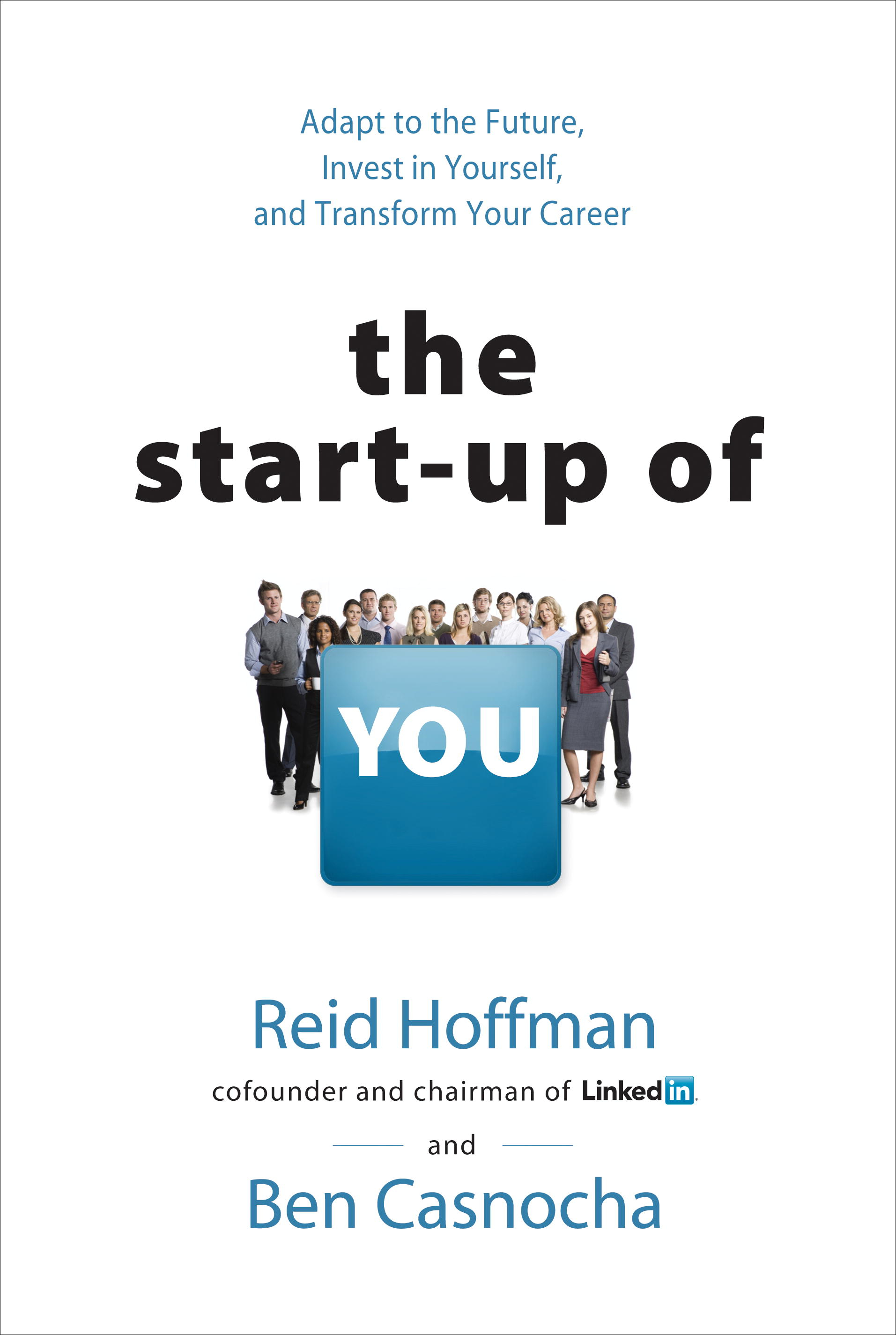Transactional Differences Between B2B and B2C
Recently I heard a quote from Steve Jobs about B2B businesses. He pointed out that one of his favorite things about working at Apple was that, in some ways, his job was easy. All he had to do was create amazing products and eventually consumers would buy them. This, he noted, isn’t necessarily true in a B2B environment.
It’s an interesting and important insight. To sell an iPhone, all Apple has to do is build it, put it on its website or in a retail store and an independent actor with full decision making authority will come to the store, give the cashier their credit card and make the purchase.
Imagine the same scenario in a B2B environment. Apple makes the same great product, but there are a multitude of differences that make the actual sale dramatically more complex. In a B2B environment before a simple transaction can happen, the following things must happen first. The buyer needs to:
- Be sure they’re not already buying iPhones (in a big company it’s possible that the buyer doesn’t know)
- Assign a procurement team to survey a variety of teams within the organization on what features are most important to them in a smart phone
- Prioritize those features
- Build a framework for valuing smartphones
- Review that framework with multiple teams
- Research other smartphones to see if there’s a better option
- Potentially request a proposal from those other options
- Determine a budget for smartphones
- Negotiate pricing with the vendor
- Once a decision is made to go with the vendor, they must get buy in from multiple groups and multiple levels (this is where its more about emotion than process, any person at any level could stop the deal based on their own whims)
- Check vendor references
- Write up an agreement with the vendor
- Have legal team review the agreement
- Negotiate legal and business terms with the vendor
- Circulate negotiated agreement among senior managers and executives
- Request sign off from the appropriate executive
- Get sign off from appropriate executive
- Issue purchase order
- Receive and process invoice
- Pay invoice based on negotiated terms
Finally, if Apple is able to get through all of these obstacles, they’ll finally get a check. These transactional differences illustrate why a super strong sales team can be a true competitive advantage for B2B businesses.


